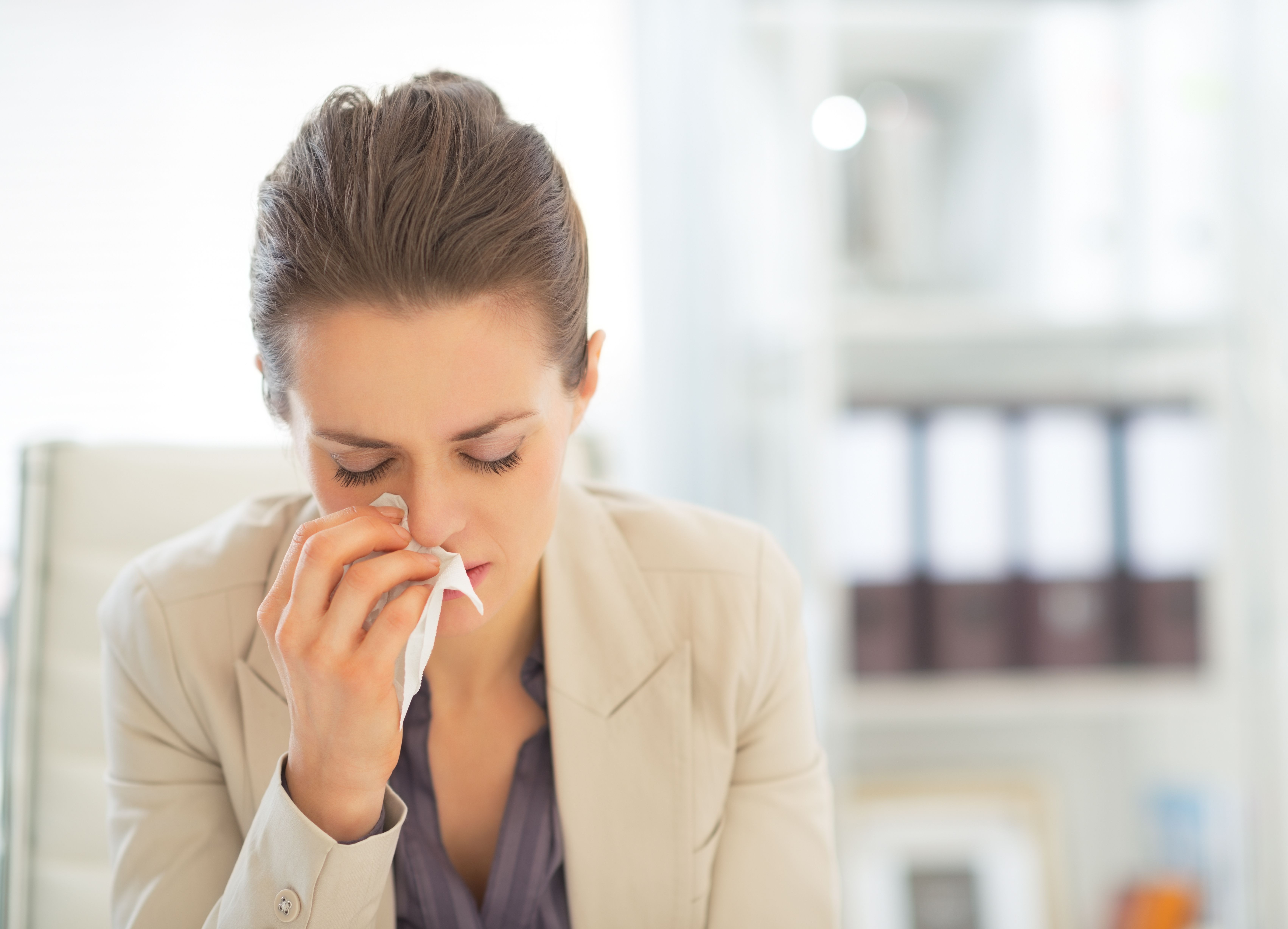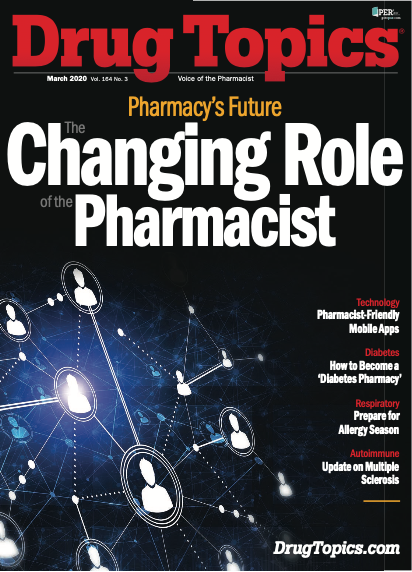Prepare for Allergy Season
Relieving symptoms and optimizing therapies for allergic rhinitis

The advent of spring represents new life and rebirth of nature. Unfortunately for many, the budding plants come with consequences in the form of watery eyes, stuffy or runny nose, scratchy throat, and sneezing. So bothersome are these signs and symptoms of allergic rhinitis, in fact, that America spends more than $18 billion treating allergies each year, according to the American College of Allergy, Asthma, and Immunology.1
Corticosteroids are first-line therapy for seasonal allergic rhinitis in patients who are 12 years of age and older. They do not provide acute relief and are the most effective medications to curtail allergic complaints, according to Elizabeth Richardson, PharmD, BCPS, assistant professor of pharmacy practice at Butler University and clinical pharmacy specialist in internal medicine at Indiana University Health Methodist Hospital.
To optimize benefit and limit allergic symptoms, proper adherence to corticosteroid therapy is critical, said Gary Gross, MD, an allergist on the medical staff at Texas Health Presbyterian Hospital Dallas. Patients often expect that intranasal corticosteroids (ie, budesonide, triamcinolone, and fluticasone) will provide instant relief and become discouraged when they do not. Many patients either give up too quickly on using intranasal corticosteroids, or they stop using the medication once symptoms improve, so their complaints return.
Gross also encourages patients to begin using intranasal corticosteroids either when allergy seasons starts or a week prior.
While intranasal corticosteroids keep allergic symptoms at bay, patients have other options. Depending on their symptoms, antihistamines and decongestants can give additional or alternative relief.
However, as Gross noted, one common pitfall occurs when patients seeking relief from nasal congestion erroneously select an antihistamine instead of a decongestant.
“Some people pick the wrong medicine,” he said. “Patients need to be educated that antihistamines provide relief from sneezing, itching, and runny nose and that decongestants reduce congestion.”
Another important differentiating point between antihistamines and decongestants is that decongestants elevate the blood pressure, whereas antihistamines do not.
Pharmacists should consider the adverse effect profile when recommending antihistamines. Although effective, the first-generation antihistamine diphenhydramine has strong sedating effects. For this reason, as well as the overall lower adverse effect profile, Richardson recommends second-generation antihistamines. Her top choices for second-generation antihistamines are loratadine and cetirizine because they tend to be cheaper than their cousin, fexofenadine.
For patients who require a decongestant, Gross recommends pseudoephedrine, cautioning that its stimulating effects may interfere with sleep if taken late in the day. He also encourages patients to rinse their nares daily with saline solution
“People like it because it is natural and can be used often,” he said.
On a final note, pharmacists should also advise patients against using allergy medicine when they have conditions where the signs and symptoms are not allergy-related. For example, individuals with a cold sometimes try to treat their illness with antihistamines. The same holds true for patients who have dry eye. Some of these patients tend to use allergy eye drops, which Gross cautions is the wrong use for the medicine. They may resolve the redness, but they do little to moisturize the eyes.
References:
1. American College of Asthma, Allergy, and Immunology (ACAAI). Allergy Facts. AACI’s website. Updated January 9, 2018. https://acaai.org/news/facts-statistics/allergies
